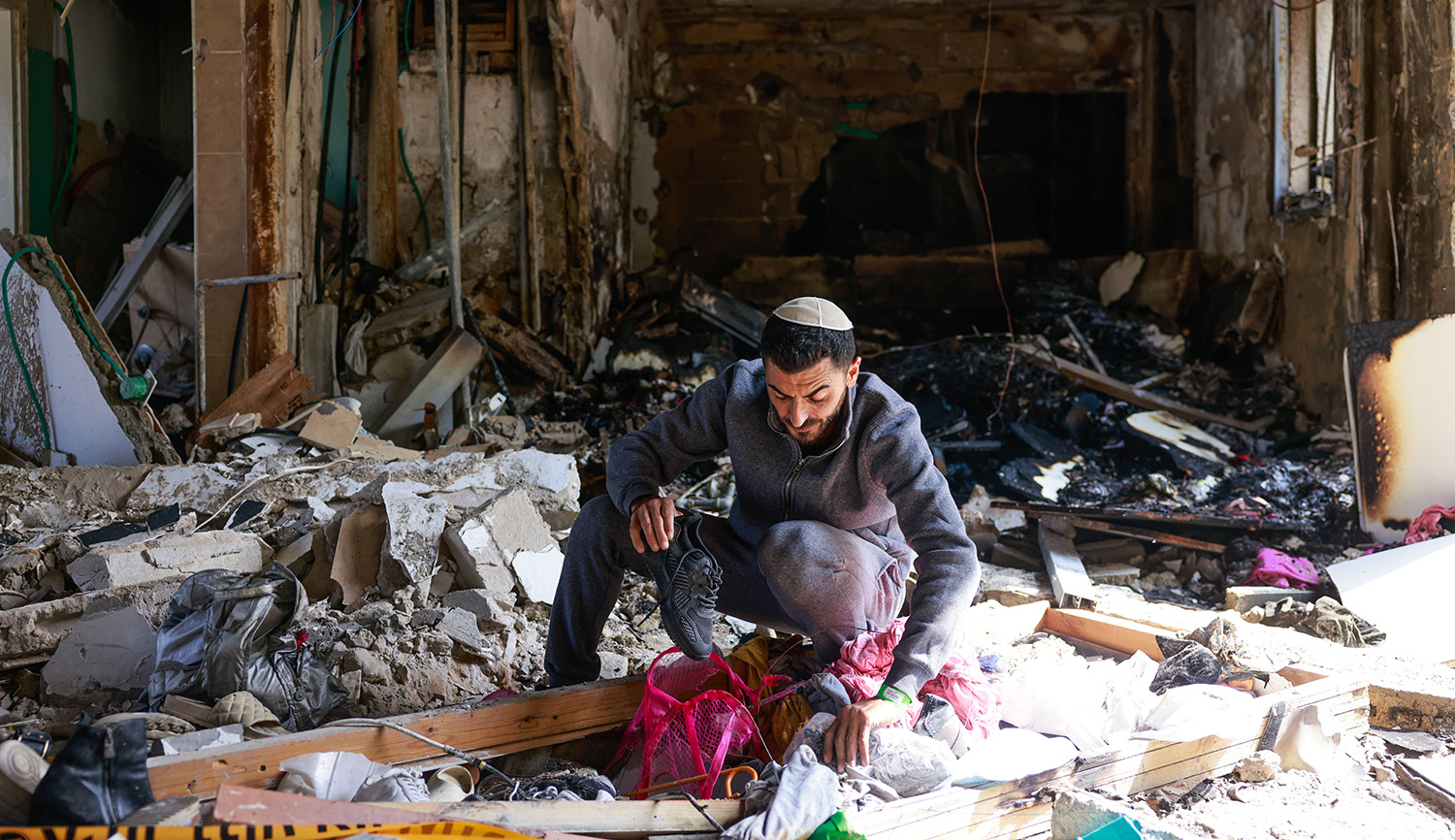The Mediterranean island of Majorca, which has been under Spanish rule since the 13th century, has only a small Jewish population. But about 20,000 of its residents are Xuetas—a special term for Majorcans of Jewish dissent—although only a small percentage of these actively identify as such. Ari Blaff tells their story:
Violent pogroms in the 14th century devastated the Majorcan Jewish community, which traced its roots back a millennium. Fearing for their survival, in 1435 the entire community underwent a mass conversion. Henceforth, no one among these “New Christians” practiced their Judaism publicly, although a smaller subgroup of crypto-Jews did in private.
Still, the conversions didn’t satisfy everyone. The Spanish Inquisition conducted periodic autos-da-fé (public burnings) singling out New Christians thought to have remained faithful to their Judaism. Suspected crypto-Jews persecuted by the Inquisition had their names written on sanbenitos [sackcloth caps or cloaks] that were publicly displayed in the Church of Santo Domingo in Palma (which is no longer existent).
By some estimates, the lists included hundreds of names. However, burgeoning renovation costs (alongside speculations of bribery to have one’s name removed) led authorities in the mid-1700s to preserve only fifteen surnames that persisted over the coming centuries on Majorca as a sign of forbidden Jewish roots. Descendants of these families came to be known as “Xuetas,” which some believe stems from combining the Catalan words xulla (bacon or pork) and Jueu (Jew). Although the surviving members of these Xueta families of crypto-Jews were spared the worst aspects of the Inquisition, their surnames were tainted by association.
For centuries, these fifteen families were effectively barred from marrying any other Majorcans and were forced to look for spouses within their small community.
More about: Marranos, Sephardim, Spanish Inquisition


